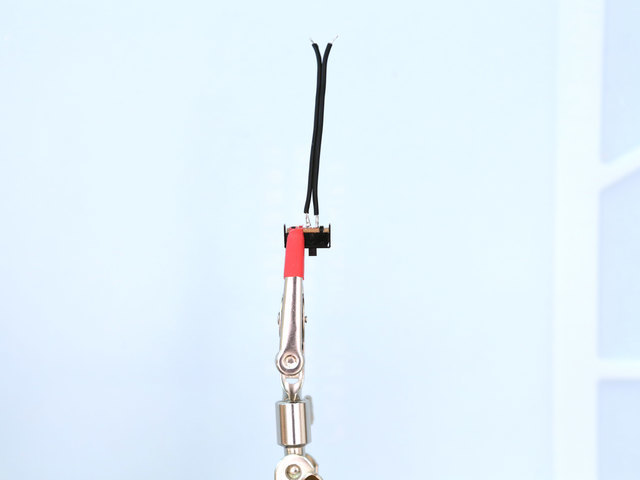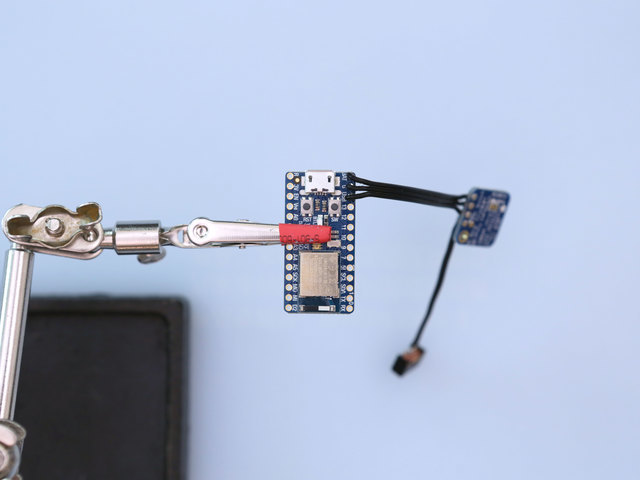In this guide we’re building yet another infinity mirror! This makes a really cool optical illusion that uses acrylic mirrors and a strip of NeoPixel smart RGB LEDs.
Bluetooth Remote Control
With the ItsyBitsy nRF52840, you can remotely control the LEDs. Set different colors and change animations with the Bluefruit connect app for iOS or Android.
3D Printed Snap Fit
The 3D printed parts are designed to snap fit together so it’s easy to build. It's portable with a rechargeable battery and switch so you can easily turn it off.
Circuit Python Code
The code for this project was written in Adafruit’s CircuitPython. It’s really easy to setup hardware with Bluetooth using the BLE library for CircuitPython. With the LED animation library, we can customize the settings and create different effects.
List of parts used to build this project.







Project Inspired by MN Maker
https://www.youtube.com/watch?v=HhfsTSldXTI






















































































